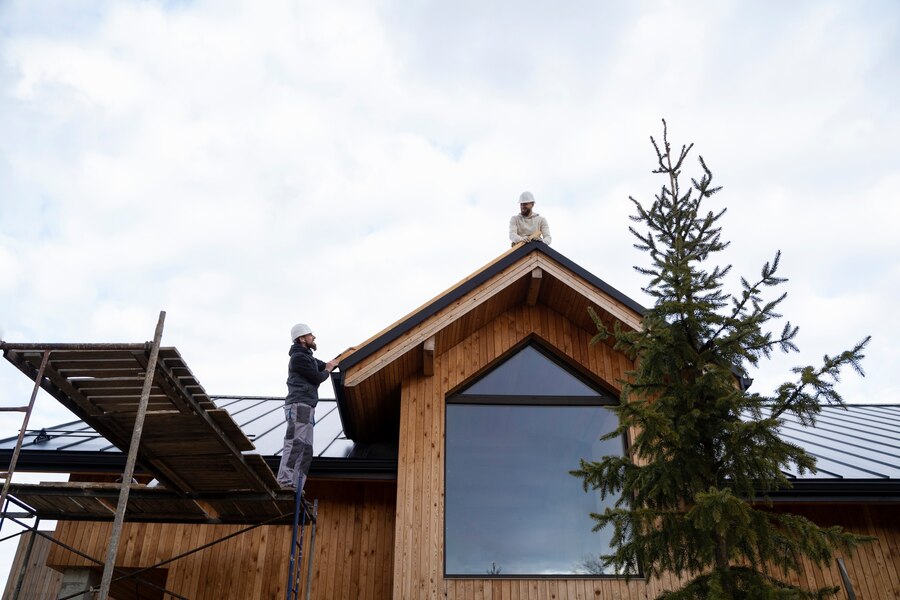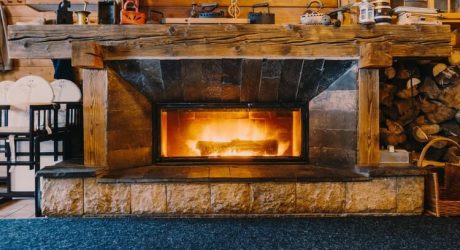Your roof shields you from the elements and influences your home’s appearance. When replacing it, select materials suited to your climate. This choice affects durability and longevity. Understanding these factors aids in making informed decisions for your investment.
How Climate Impacts Roof Performance

The roof endures different elements based on location. The south has expanded from the intense sun. Coastal areas have corrosive ocean air. The north has temperature swings, heavy snow, and freeze/thaw cycles. This causes a great deal of stress, often needing roof shingles replacement. Events like hail, high winds, and wildfires also threaten roofs nationwide.
The ideal roofing material can withstand the elements and temperature swings common to the regional climate. Roof shingles replacement should be considered when materials can no longer endure these conditions. Frequent inspection and maintenance are key to extending the lifespan of a roof regardless of climate. Using coatings and sealants helps protect against water and moisture damage. Installing accessories like gutter guards prevents debris buildup and ice dams in certain climates.
Temperature Extremes
Frigid northern winters need roofing materials that won’t crack when expanding and contracting. Blistering southern summers require the same. Asphalt shingles are very temperature-sensitive. They may not hold up well in places with extreme temperature fluctuations. The National Roofing Contractors Association says asphalt shingle surface temperatures can reach 180 °F on hot days.
Metal withstands temperature changes well. In cold climates, it should have low thermal conductivity to prevent snow and ice buildup. Uninsulated metal’s conductivity is 10 times higher than that of asphalt shingles. In hot climates, coatings on metal reflect heat. Slate, clay, and concrete tiles outperform asphalt under extreme temperatures.
Moisture And Humidity
Coastal climates need water-resistant roofing materials. These materials should not warp, rot, or erode. Woods like cedar and redwood excel in damp climates. But they require sufficient slope and overhangs. Clay and concrete tiles stand up to moisture well. Slate is naturally waterproof.
Metal roofs are also moisture-resistant. But in moist climates they need insulation. This prevents condensation buildup. In dry climates, wood shakes and shingles risk cracking. Proper ventilation is important in humid climates. It prevents moisture buildup. Regular roof inspection and maintenance are always critical.
Heavy Snow And Rain

In regions with heavy snow, structures need to support significant snow weight. The NRCA notes some northern structures must bear over 50 pounds per square foot. Regularly clearing snow reduces structural stress. Pitch affects how well snow and ice are shed. Steeper slopes facilitate easier sliding of snow and ice. Northern climates benefit from slope angles between 4:12 and 6:12.
Asphalt shingles may fail under snow loads exceeding 40 pounds per square foot. Metals, slate, clay, and concrete, however, can endure up to 100 pounds per square foot. Heating elements in vulnerable sections aid in melting snow.
Ice dams occur when melted snow refreezes at the eaves, pushing under shingles. Membranes and underlayments counteract this. Adequate attic insulation prevents icicles and ice dams. In rainy areas, structures need to be watertight and use well-sealed fasteners. Overflow drains and large gutters avert water pooling.
Wind Resistance
In zones prone to hurricanes and tornadoes, structures must resist strong winds. Asphalt shingles without proper fastening are at risk. Metal, being lightweight, offers excellent wind resistance. Hip designs and lower pitches lessen wind uplift.
Heavy options like tile, slate, and concrete are less prone to wind displacement. Buildings should adhere to wind-resistance standards, including secured trusses, rafters, and protective membranes. Extra wind defense comes from reinforced decking.
For windy regions, the use of wind-resistant fasteners is advised. Reducing fastener spacing at edges and corners is also beneficial.
Fire Resistance
In wildfire-prone drought areas, aim for Class A fire-rated roofing. This is the most fire-resistant classification. Metal, clay, concrete, and slate offer the best fire protection. Fire-rated asphalt shingles are also an option.
The Insurance Institute for Business and Home Safety says Class A materials withstand heat up to 1970 °F without igniting. Metal roofing needs fewer combustible components. It won’t ignite from wind-blown embers. Regular clearing of debris is crucial to prevent ignition sources.
Other fire safety measures are important too. These include enclosed eaves, fire-resistant vents, and debris clearance. Non-combustible components and materials add protection.
How Climate Impacts Costs

In the changing world of home maintenance, it’s key to understand how climate affects roofing costs. The climate heavily influences how long and well your roof lasts. Choosing the right materials for your area’s weather improves durability. It also makes financial sense over time.
The NRCA points out that the type of material is crucial for a roof’s life. Metals and tiles are known for their long life, often over fifty years. On the other hand, asphalt shingles might not last more than twenty years in tough climates. This can be a poor investment for some homeowners.
The initial cost of sturdy materials might be high. Yet, these materials often lead to lower repair and maintenance costs. They also don’t need replacing as often. This is particularly true in places with harsh weather. Areas hit by hurricanes, hail, and wildfires usually have higher insurance costs. Choosing roofing materials that resist impact can help.
It can lower insurance costs and reduce repair needs in gentler climates. The right materials can also mean fewer repairs and replacements. This highlights the need for choices that suit your climate. Local roofing experts can offer the best advice. They know what works best in your area.
To sum up, the relationship between climate and roofing costs is critical. Making informed choices, with expert advice and an understanding of local weather, can save a lot of money. It can also extend the life of your roof.
The Bottom Line
Think about your area’s climate when picking a new top for your home. Things like temperature, moisture, and extreme weather matter a lot. These factors affect how long your top lasts, how well it works, and its value over time. What works in one place might fail in another. Pick materials made to handle your area’s weather challenges. This way, your home stays safe, and you protect your money against the weather.
Read Also:




























